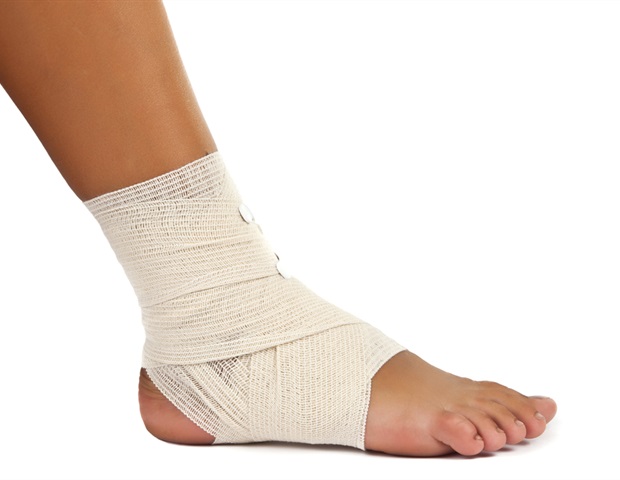Using a few zaps of electricity to the skin, researchers can stop bacterial infections without using any drugs. For the first time, researchers designed a skin patch that uses imperceptible electric currents to control microbes. The results appear October 24 in the Cell Press journal Device.
“This opens up exciting possibilities for drug-free treatments, especially for skin infections and wound healing, where antibiotic-resistant bacteria pose a serious challenge,” says University of Chicago’s Bozhi Tian, one of the paper’s co-senior authors.
Scientists have already been using electricity to manipulate mammalian cells, including those of humans, and to treat diseases without using medicine. For example, pacemakers can regulate heartbeats by stimulating heart muscles with small electric currents. Retina prosthesis, a type of bionic eye, also uses electricity to stimulate a patient’s retina to partially restore their vision.
Tian and his team wondered if they could manipulate bacteria using electricity instead of antibiotics, a traditional approach that gave rise to the global antibiotic resistance crisis. Due to antibiotic overuse in humans and livestock, many microbes have evolved and become resistant to current drugs, rendering them less effective over time. Previous studies estimate that drug-resistant infections might have contributed to about 1.27 million deaths worldwide in 2019.
The team set out to test if Staphylococcus epidermidis, a common bacterium on human skin, would respond to electrical stimulations. S. epidermidis is generally harmless and can even protect the skin from pathogens. But when it enters the human body through a cut or medical procedure, such as a catheter, it can cause serious infections. Recently, three strains of S. epidermidis resistant to all classes of antibiotics have emerged.
“Because Staphylococcus is part of the microbial ecosystem that naturally exists on our skin, we prefer not to eradicate it, since their complete absence on our skin could cause other problems” says the paper’s other co-senior author Gürol Süel of the University of California San Diego.
The team found that small electric currents can elicit responses from S. epidermidis, but only in an acidic environment. The researchers call this characteristic selective excitability. Healthy human skin is mildly acidic, but chronic wounds tend to be neutral to basic.
“Bacteria’s response to electricity isn’t well explored, partially because we don’t know the specific conditions under which bacteria will be excited,” says first author Saehyun Kim, also of the University of Chicago. “Discovering this selective excitability will help us discover how to control other bacteria species by looking at different conditions.”
The team stimulated the bacterium with a weak electric voltage of 1.5 volts-;significantly lower than the 15-volt limit deemed imperceptible and safe for humans-;for 10 seconds every 10 minutes for 18 hours. Under the ideal acidic condition, the electricity treatment stopped 99% of the biofilm, a cluster of bacteria that blocks drugs and leads to persistent infections. When the environment pH is neutral, the treatment showed no effects.
Further analysis also revealed that after electrical stimulation, the S. epidermidis showed a decrease in the expression of several genes, including those related to antibiotic resistance and biofilm formation.
In order to treat skin wounds by stimulating S. epidermidis under the right condition, the team designed a skin patch, called Bioelectronic Localized Antimicrobial Stimulation Therapy, or BLAST. The patch contains electrodes and a hydrogel to provide an acidic environment. They tested the device on a pork skin inoculated with S. epidermidis. After the 18-hour treatment cycle, the team observed a significant decrease in biofilm coverage and nearly 10 times reduction in S. epidermidis cells compared to the untreated sample. They also tested the device on the surface of a catheter and saw the same antimicrobial effect.
Tian says that with further research to examine the safety and effectiveness of this treatment, scientists could develop a wearable patch with a wireless circuit to control infections without drugs.
The work is supported by the Bill & Melinda Gates Foundation, US Army Research Office, the National Science Foundation, the National Institutes of Health.
Source:
Journal reference:
Kim, S., et al. (2024) Bioelectronic drug-free control of opportunistic pathogens through selective excitability. Device. doi.org/10.1016/j.device.2024.100596.


